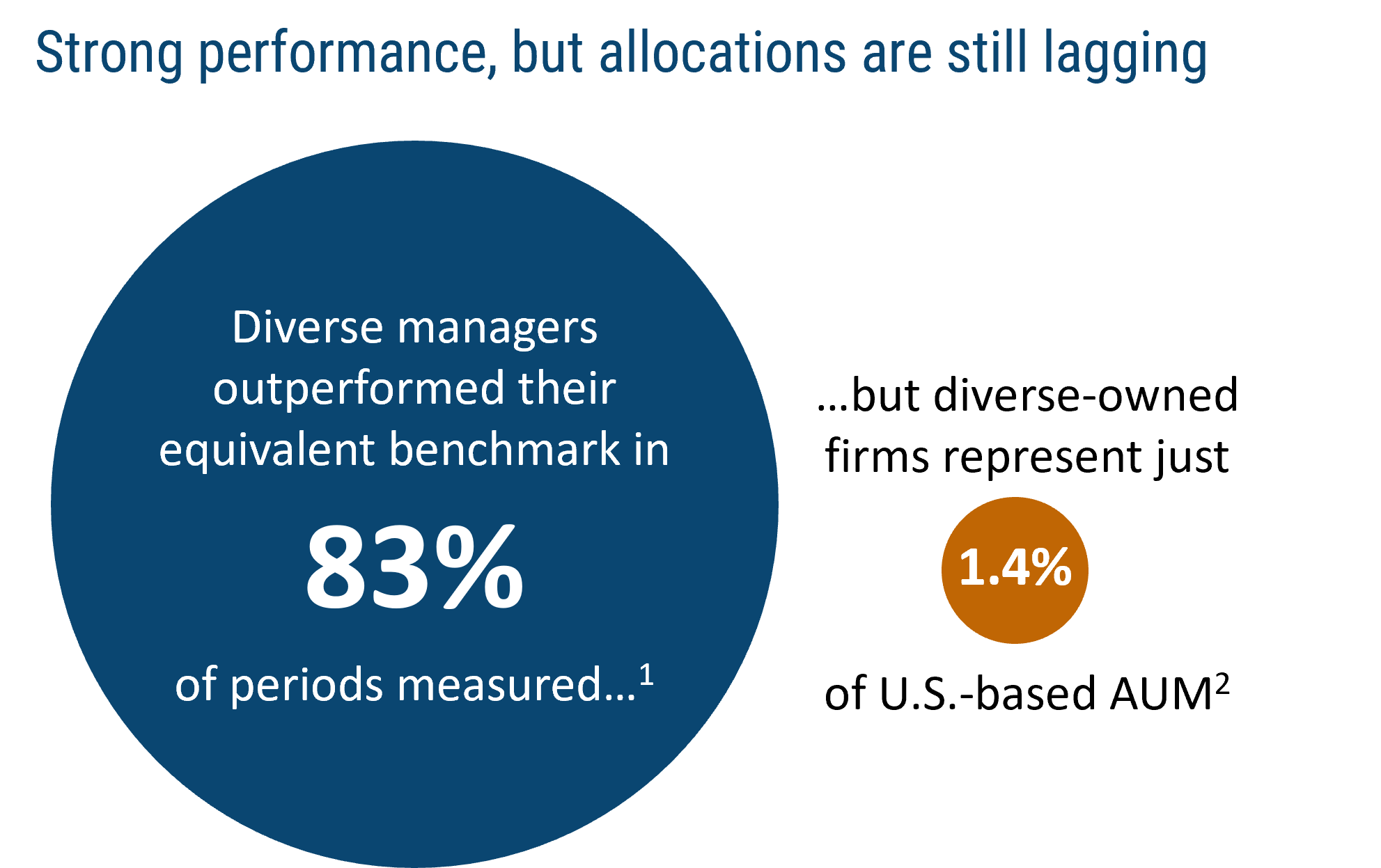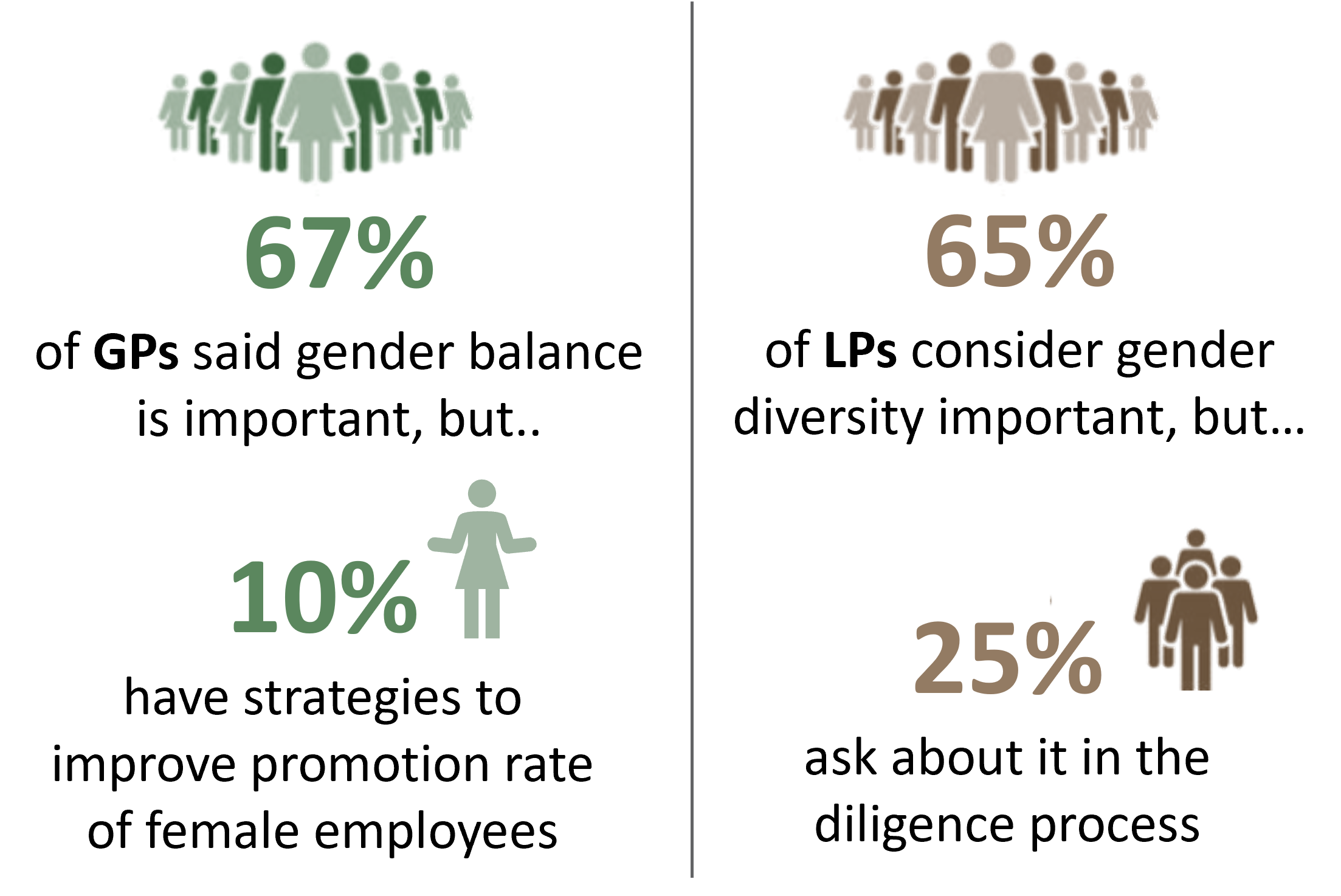Surprisingly (or perhaps not), how organizations define “diverse manager” can be a gating factor against getting their portfolio programs launched, and for managers to get their funds raised. Too often, experienced GPs that have proven their ability to deliver results may be excluded from a search based on definition alone. In some cases, a manager can spend much time and effort pursuing an allocation only to find out late in the process that they do not meet the investor’s diversity requirements.
There are many classifications of diverse groups: ethnic diversity, gender, veteran status, or others. When these are matrixed against organizational factors like ownership, board composition, decision-making/management, portfolio management, or tenure, things can quickly become very complex.
There is no standard definition for what makes a manager diverse. U.S. public pension plans, for example, may have very different definitions for diverse managers based on regional, political, or social factors. Meanwhile, some organizations may consider a manager diverse only if 50% of ownership are Black/African-American – while a firm of similar size and makeup might use a broad definition to include a range of ethnic diversities, women, and LGBTQ individuals.
Bridging the gap
Because there is no one-size-fits-all approach, many forward-thinking LPs are taking steps to educate managers on how they define diversity in their investment programs. The goal: provide managers with the information they need to be more focused in their fundraising efforts, more communicative in how they identify as diverse, and more knowledgeable about what investors are seeking.
In addition, certain LPs are advocating for the industry and helping determine common ground by partnering with organizations like ILPA and its Diversity in Action program. By participating in programs like these, organizations not only commit to their own diversity goals, but they also act as an information bridge to share LPs’ criteria on diversity while enabling GPs to learn and adapt to those criteria.
Other organizations contributed to the industry early-on, helping create DEI principles and standards. For example, the Diverse Asset Managers Initiative (DAMI) produced the Fiduciary Guide to Investing with Diverse Asset Managers and Firms to help interested LPs navigate the steps to investing.




